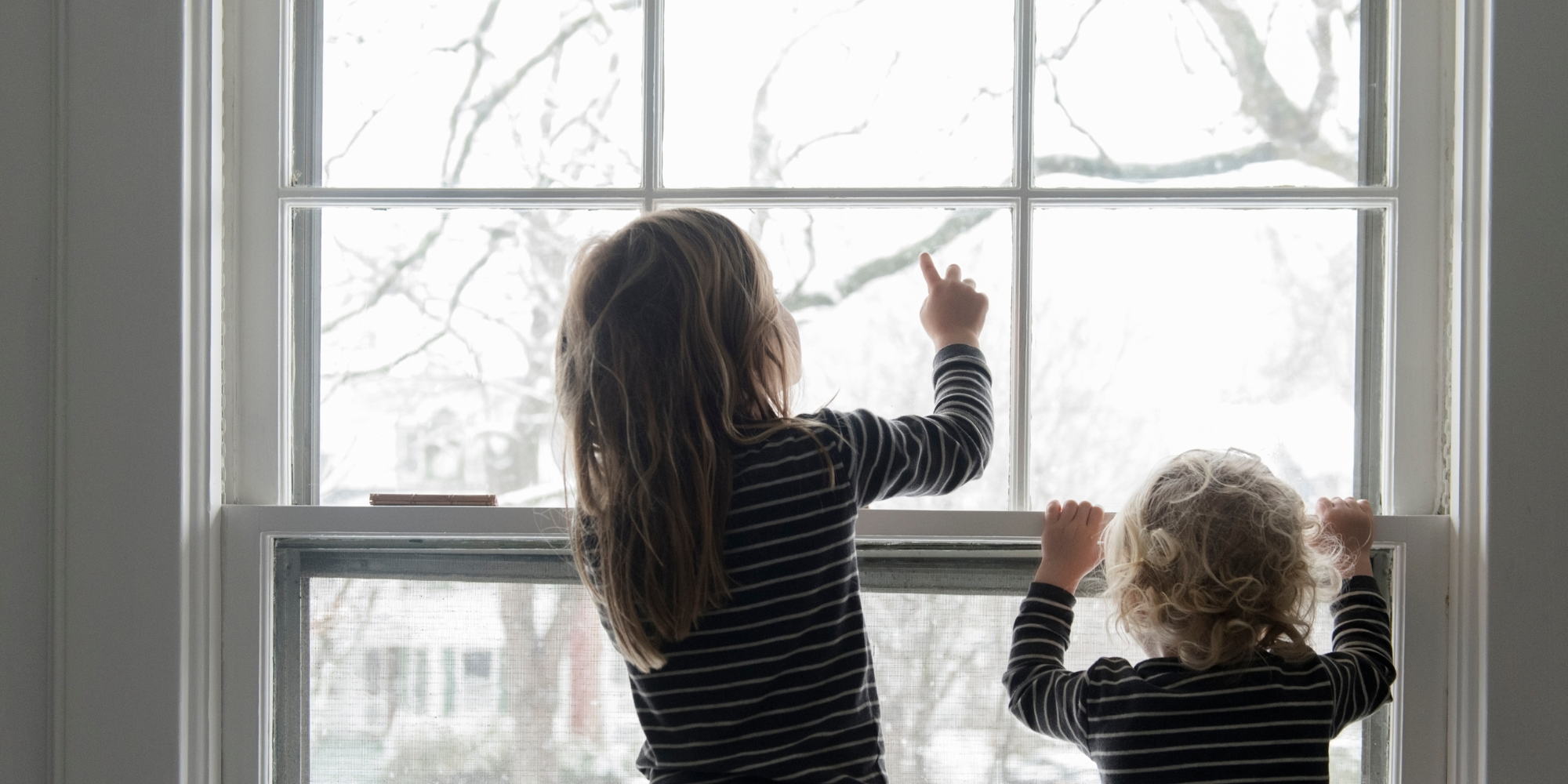Winter is coming, and with that comes a huge opportunity for city leaders and the residents they serve. As the weather turns colder for many across the country, heating bills rise. Coupled with higher energy costs in many regions, residents may be looking for ways to decrease their monthly bills. One way is through home weatherization – upgrading a building to increase its energy efficiency by preventing heat loss or upgrading heating systems while also making spaces healthier and more comfortable places to live. Buildings and energy are one of the primary sources of carbon emissions in our communities. Home weatherization not only increases the quality of life for residents, but is also a great way to make progress on sustainability and resilience goals. Many of these home improvements can be done at low cost due to federal grants and tax incentives.
Home Weatherization Practices
- Energy Assessment – an energy professional uses various techniques to determine areas of heat loss, such as surface thermometers and infrared cameras, and goes through past utility bills to better understand opportunities for cost-saving changes. Energy assessments give a holistic view of the home heating system and areas of improvement.
- Energy-Efficient Heating Systems – new heating systems are more efficient, using less energy, and can also use cheaper and more efficient forms of fuel than traditional furnaces and water heaters. Adding insulation around heating ducts and pipes will also ensure that less heat is lost on its way to heating the home.
- Building Insulation – insulation is added to walls, floors, attic spaces, the roof and foundation. This added layer can keep heat from escaping and cold air from getting in. Additional insulation not only keeps heating costs lower, but also reduces noise inside the home.
- Window Replacement and Installation of Storm Windows and Doors – newer windows are better sealed and prevent heat loss, and storm windows and doors add an additional layer of protection against harsh winter weather.
Funding Sources for Weatherization
The Inflation Reduction Act (IRA) outlines several programs starting in 2023 that can help with weatherization costs. See the list below for an overview of available programs and the table below to determine which weatherization practices are eligible under each program.
- Energy Efficient Home Improvement Credit – tax credit equal to 30% of expenses for qualified purchases (see table), maxing out at $1,200 per year. Homeowners purchasing a new heat pump can add an additional $2,000 credit not subject to the cap. The credit is available until the end of 2032 and can be claimed annually.
- Home Owner Managing Energy Savings (HOMES) Rebate Program – state energy offices will be administering rebate programs offering up to $4,000 for single-family homes that achieve overall energy savings of more than 35 percent, with $2,000 offered for homes saving over 20 percent. HOMES will also offer rebates for multifamily buildings and larger rebates for low-income households – up to $8,000.
- High-Efficiency Electric Homes Rebate Program – households with an income less than 80 percent of the area’s median are eligible to have 100 percent of eligible purchases rebated, up to $14,000. Households in the 80 to 150 percent range of the area’s median income are eligible for rebates of 50 percent of project costs.
Additionally, the Bipartisan Infrastructure Law (BIL) provides additional funds to the Weatherization Assistance Program, in which residents at or below 200% of the poverty income level can apply through their state office for an energy audit and weatherization improvements. Families can save over $372 annually in energy costs, with on average $4,695 in investments for each home.

Local leaders have an important role to play in helping their residents understand and access these opportunities that will save residents money on their energy bills and support local efforts to reduce greenhouse gas emissions. For a further breakdown of available incentives for homeowners, download this fact sheet from the House Committees on Energy and Commerce and Ways and Means.










